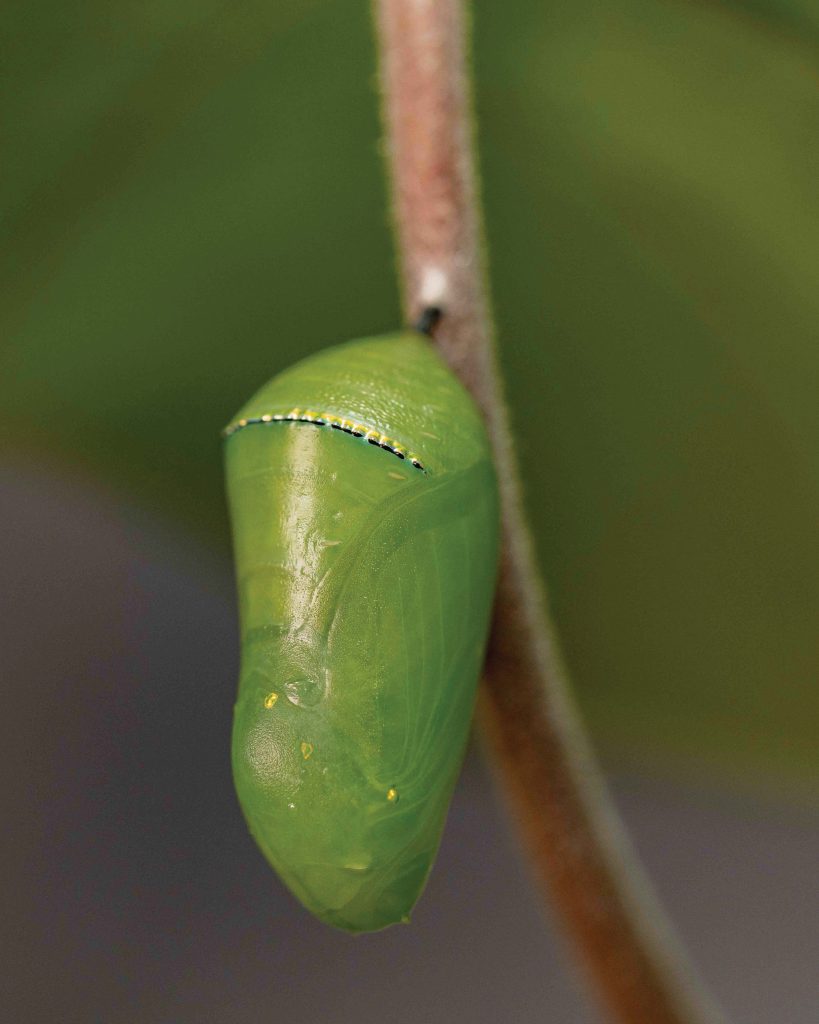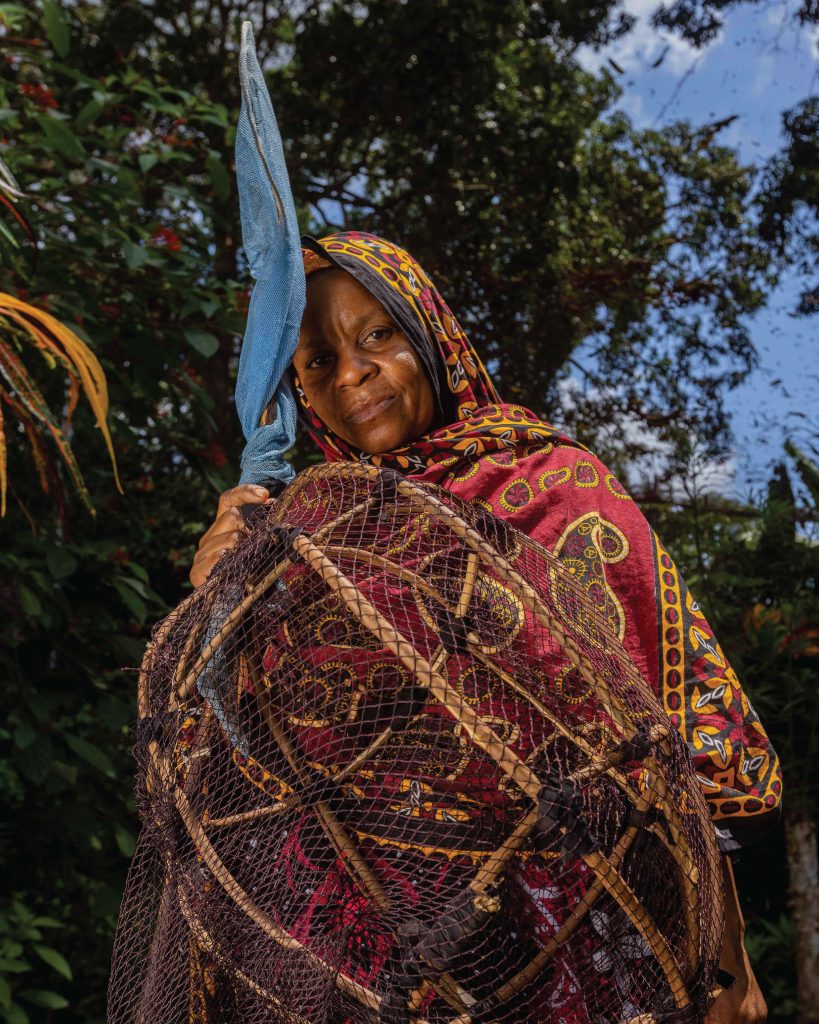KIPEPEO
BUTTERFLY FARMING
about the film
Butterfly centers and farmers: You have heard of wheat farmers, rice farmers, and even avocado farmers. Well, what about butterfly farmers? Yes, such a thing does exist, and this is a story about butterfly farmers in East Africa and finding out what they are doing and why. In the last 20 years, several butterfly centers have been set up in East Africa. These centers aim to show off these fantastic insects, help local communities, and support their survival. These centers earn revenue, either from export or tourism, and money goes to support local communities too. The income helps communities live with the trees and forests that the butterflies need. They also raise wider awareness and understanding of the importance of butterflies, for example for crop pollination.
Community and conservation benefits: Local farmers are trained to catch butterflies, raise the caterpillars, and care for their pupae. Once they pupate, or
form a chrysalis, the butterfly is then taken by the farmer to the center, who buy it. It is then either released into a viewing enclosure or popped in an envelope and sent to a butterfly center in Europe or America, which provide education to visitors., Butterfly farming has proven to be an effective method of sustaining livelihoods while preserving species and conserving forest areas.
Export ban harms livelihoods: Tanzania has banned export of butterfly pupae which has left up to 500 people without jobs and returning pressure on the forest through timber logging and charcoal burning. We hope with the film to reach policy makers around critical forests in Tanzania and use it as a tool of education to enhance the promotion of this valuable conservation approach.
butterfly
Butterflies are iconic invertebrates with fascinating life cycles. With around 19,000 species worldwide and about 1583 species occurring in Tanzania. They are very important to their natural habitats, because they are important pollinators, second only to bees and wasps, when feeding on plant nectar. Besides being a beautiful component of biodiversity they are an indicator of environmental health and change. During their life, butterflies need three basic things –
1: host plants for the larvae,
2: nectar plants for adults, and
3: a healthy environment without chemicals.


Watch SIZZLE REEL
Ngoteya Wild is an independent team of creative minds who are passionate and dedicated to telling beautiful nature stories. We are based in Tanzania and specialise on all aspects of the production process, including pre – production and research, production and post production for both film and photography.
If you are interested in learning
more about this film and contributing to its production please contact hngoteya@ngoteyawild.co.tz